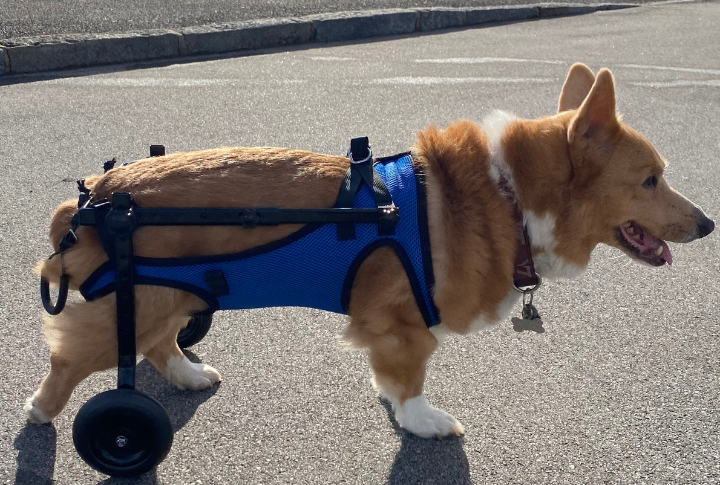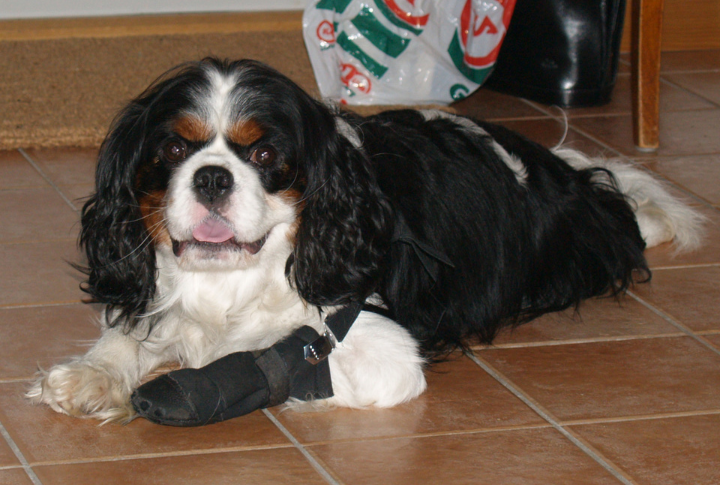10 Common Reasons Why Dogs Limp

Some owners assume limping always indicates a sprain, while others think it’s just a normal part of aging. In reality, limping can be caused by various health problems that require proper diagnosis and treatment to prevent further harm. Keep swiping to discover the most common causes and how to recognize them.
Arthritis In Older Dogs

Arthritis, like in humans, can affect older dogs and cause painful joint inflammation. This can lead to stiffness, and before you know it, your dog may start limping after its daily walk or even when it wakes up. If your dog has slowed down recently, keep an eye on these changes.
Trauma Can Cause Immediate Limping

Dogs are active creatures, and sometimes, their playtime can lead to injuries. When a dog suddenly starts walking with a limp, it’s often due to trauma—an unexpected twist, fall, or sudden impact. It’s essential to evaluate them for signs of swelling, bruising, or limping that don’t improve within a day or two.
Limping Due To Hip Misalignment

When the hip joints are improperly formed, this misalignment causes pain and limping as the joint wears down over time. Symptoms usually include difficulty rising, reluctance to jump, and dragging a leg. Early treatment can involve weight control, joint supplements, and, in some cases, surgery.
Ligament Injuries That Affect Mobility

A tear or rupture in the ligaments, such as the Cranial Cruciate Ligament (CCL), causes sudden limping in dogs. The CCL stabilizes the knee joint, and if it tears, it can cause significant pain and instability. Ligament tears are often caused by high-energy activities such as running or jumping, resulting in immediate lameness.
Paw Pad Injuries Are More Common Than You Think

Dogs love to explore, and their paws can suffer cuts or abrasions from rough surfaces, hot pavement, or sharp objects. These injuries can cause swelling or redness. Regularly check your dog’s paws for any signs of injury, especially after walks or outdoor adventures.
Ingrown Nails And Their Impact

Ingrown nails occur when the nail grows too deep into the surrounding skin, leading to inflammation or infection. Dogs may favor the affected leg and avoid putting weight on it. Ingrown nails are often overlooked but can lead to severe discomfort if untreated.
Dislocated Joints Can Cause Severe Pain

When a joint is dislocated, its bones are forced out of their normal position, which can cause immediate and intense pain. You might notice them struggling to walk and holding their legs in an odd position. Dislocations often make movement painful and challenging.
Bacterial And Fungal Infections

Bacterial, fungal, or viral infections often start from a small wound, puncture, or insect bite that goes unnoticed. These infections can quickly spread, causing more significant pain and potential long-term issues. Visiting the vet is essential to identify the infection and start appropriate treatment.
Intervertebral Disc Disease (IVDD)

Intervertebral Disc Disease (IVDD) occurs when the discs in your dog’s spine slip or rupture, putting pressure on the spinal cord. This can lead to difficulty in walking, weakness, or even paralysis. IVDD is more common in long-bodied breeds like dachshunds but can affect any dog. It can be diagnosed through an MRI.
Tendonitis And Overuse Injuries

Tendonitis occurs when a tendon (the connective tissue between muscles and bones) is inflamed due to overuse or strain. The injury often develops gradually, and the limping may worsen with time if not addressed. Rest, ice therapy, and anti-inflammatory medication can help treat tendonitis.





